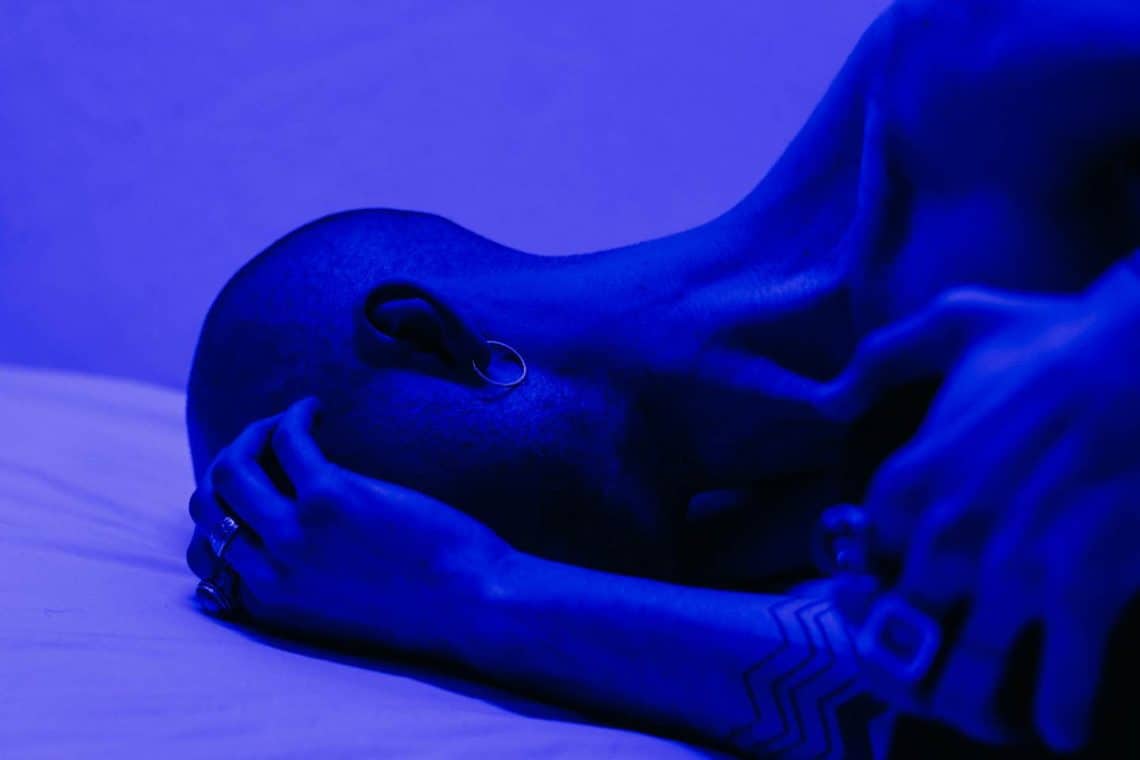As World Mental Health Day 2025 unfolds under the theme “Access to Services – Mental Health in Catastrophes and Emergencies,” South Africa faces a silent emergency of its own: a deepening substance abuse crisis that now touches nearly every community. With over 15% of the population affected—double the global average—this epidemic intertwines with the country’s 8 million HIV cases, exacerbated by dangerous needle-sharing practices such as the alarming “bluetoothing” trend. From viral social media challenges glamorizing drug use to township recovery networks offering real hope, stories of addiction, survival, and innovation reveal both the nation’s pain and its resilience.
The Rising Tide: Alarming Data on Substance Use
Over the past two decades, South Africa has seen a dramatic escalation in substance use. Cannabis consumption has increased fivefold—from 1.5% to 7.8% of the population—while opioid and cocaine use have surged from negligible levels to 1.6% and 1.8% respectively. Alcohol remains the most common entry point, with 11% of South Africans struggling with dependency. Many eventually turn to nyaope—a lethal mix of heroin, antiretroviral drugs, and even household poisons. The social and economic fallout is immense, costing the nation billions in healthcare, crime, and lost productivity.
This crisis intersects dangerously with the country’s HIV epidemic. With 8.2 million people living with HIV—the highest figure globally—drug use accelerates infection through unprotected sex and needle-sharing. The bluetoothing phenomenon, where users inject each other’s blood to share a high, has pushed infection rates among injecting drug users to alarming levels. In impoverished areas such as Soweto and Alexandra, addiction to tik (methamphetamine) and cannabis is devastating a generation of young people already facing unemployment and social instability.
Social Media’s Double Edge: From Glamour to Awareness
Platforms like TikTok have become both battlegrounds and lifelines in this struggle. While awareness campaigns and recovery stories attract millions of views, viral trends that romanticize drug use continue to lure impressionable teens. Clips showcasing nyaope preparation or bluetoothing demonstrations often rack up disturbing levels of engagement, normalizing addiction. Yet, hope flickers through counter-trends such as the “99 Day Sober Challenge,” where creators document their journeys to sobriety—celebrating improved health, finances, and mental clarity.
Across South Africa, NGOs and community activists now harness these same platforms for good, sharing urgent calls for help and education. Experts stress that digital spaces must evolve from mere spectacle to tools of salvation, using storytelling and harm-reduction messaging to reach vulnerable youth where they are most engaged.
Grassroots Resilience: Healing Begins in the Townships
In Johannesburg, township-based recovery networks are becoming crucial sanctuaries for those seeking a way out. At Crossroads Recovery Centres, stories like that of Thabo (name changed) from Soweto inspire hope. After seven months in rehabilitation, Thabo not only regained his family’s trust but also founded a community garden initiative to support others in recovery. “The group sessions weren’t just therapy—they were survival,” he reflects, echoing the communal spirit found in Narcotics Anonymous circles in Hillbrow.
At Changes Addiction Rehab, former patients Bruce and Kristen share similar paths. Bruce, once a high-performing executive derailed by alcohol, credits family-inclusive therapy for his turnaround. Kristen, who battled opioids, found her strength in peer storytelling. Their experiences mirror the growing impact of groups like the Tembisa Drugs Rehabilitation Movement, where recovered addicts mentor new arrivals, proving that in South Africa’s townships, recovery is not an individual journey—it’s a collective act of survival.
Expert Insights: Finding Recovery in a High-Risk Landscape
Specialists from leading rehabilitation centers and global health organizations such as the World Health Organization emphasize practical, evidence-based strategies to manage addiction within high-risk environments:
- Seek Early Help: Recognize warning signs such as mood changes, withdrawal, or secrecy. For confidential support, contact the South African Depression and Anxiety Group (SADAG) at 0800 567 567.
- Use Harm Reduction Tools: Access clean needles and safe injection programs supported by Harm Reduction International to curb infection risks in a country still facing 160,000 new HIV cases yearly.
- Strengthen Support Systems: Join local community groups, AA, or NA meetings. Studies show that involving family and friends increases recovery success rates by up to 50%.
- Adopt Holistic Practices: Regular exercise, mindfulness, and good nutrition help reduce cravings and improve emotional regulation.
- Leverage Technology: Recovery apps developed through international partnerships now provide virtual coaching and relapse tracking, breaking access barriers for remote communities.
Global Parallels: Learning from Shared Struggles and Innovations
South Africa’s crisis mirrors other nations’ battles with addiction, particularly the devastating opioid epidemic that has claimed over 100,000 lives annually in the United States. Both contexts highlight the need to replace criminalization with compassion, emphasizing prevention, treatment, and rehabilitation over punishment. Expanding methadone programs and destigmatizing recovery are critical steps toward healing.
International cooperation is also fostering innovation. Through BRICS health collaborations and the 2025 Rio Summit’s focus on equitable access, AI-driven mental health technologies are emerging to provide remote counseling and crisis monitoring. These tools—developed through partnerships with nations such as China—offer hope for bridging service gaps in underserved regions, aligning with the global call for accessible mental health care during crises.
Toward a Shared Recovery
On this World Mental Health Day, South Africa’s substance abuse crisis stands as both a warning and a rallying cry. Real change will depend on unity—between individuals, families, policymakers, and global partners. By transforming social media from trap to tool, empowering local recovery champions, and embracing innovation, society can rewrite its story from despair to healing. Recovery, after all, is not a solitary climb—it’s a collective journey toward dignity, hope, and renewal.
